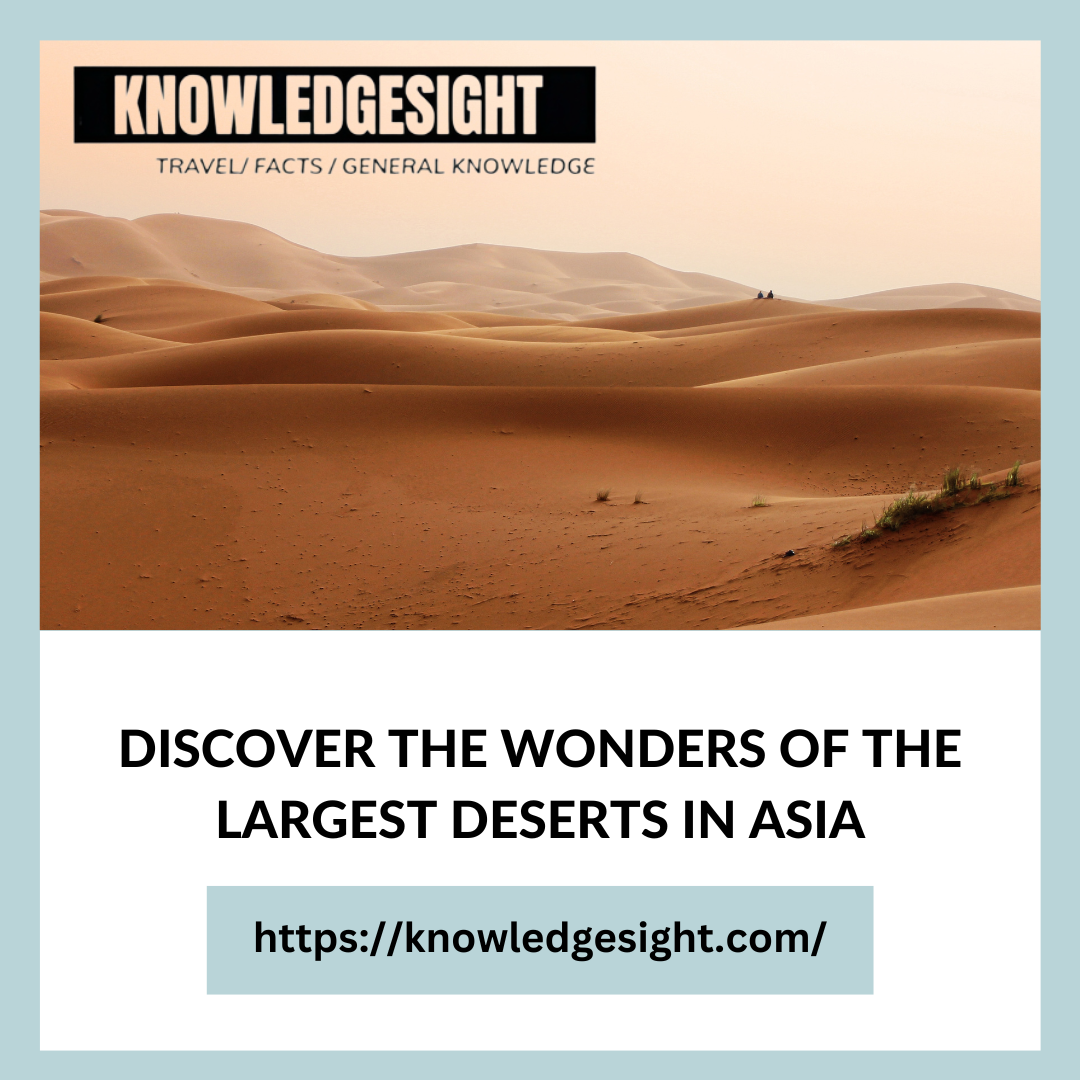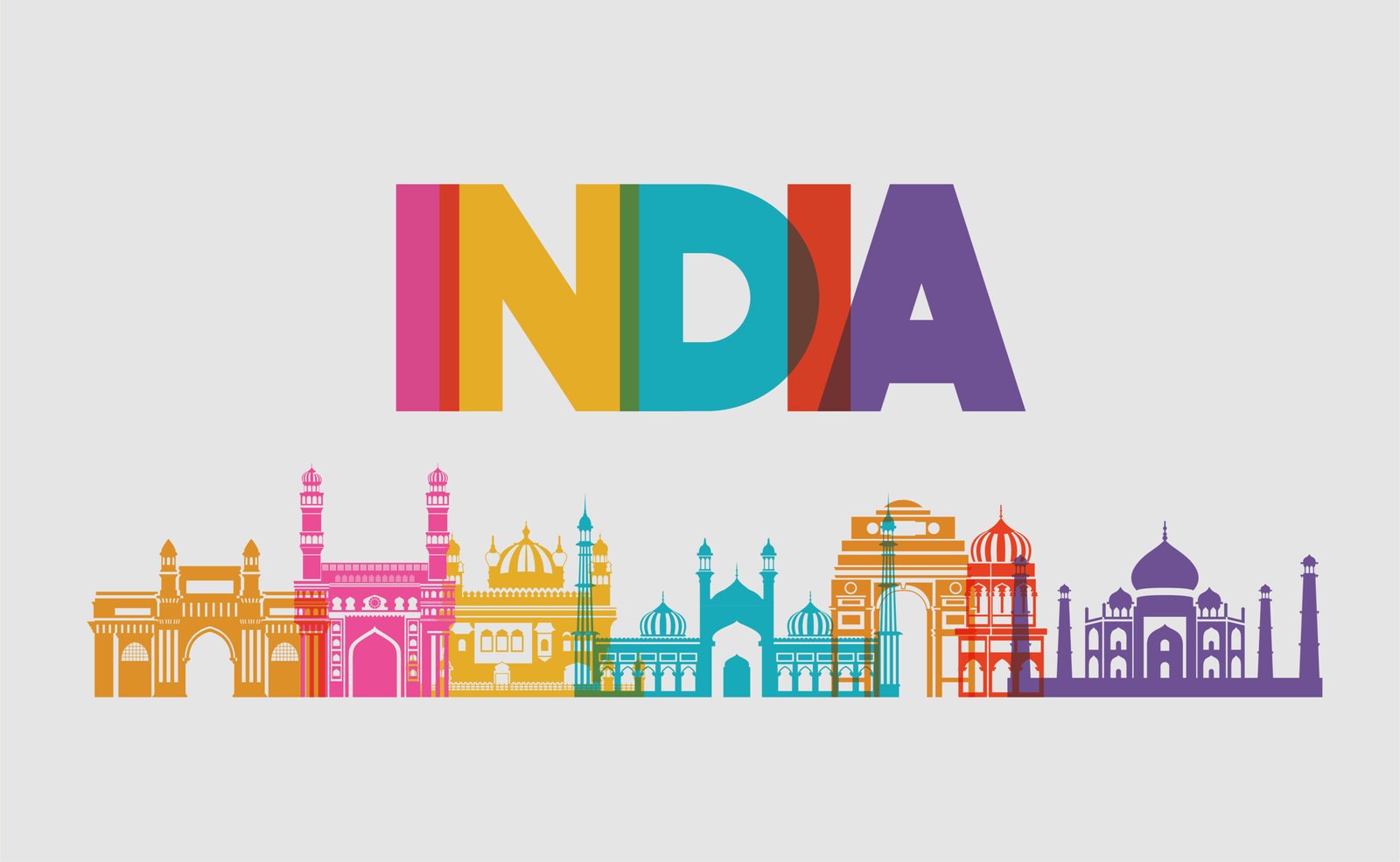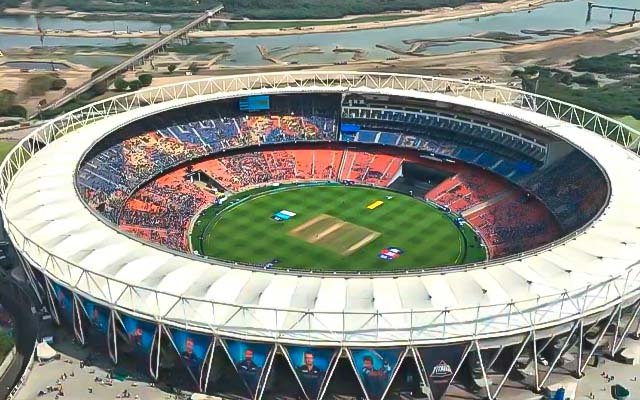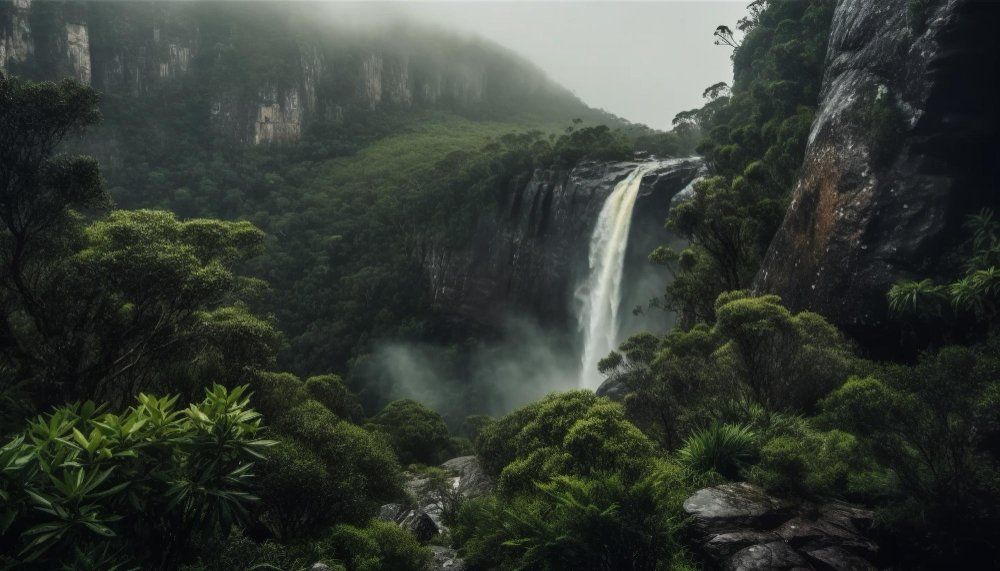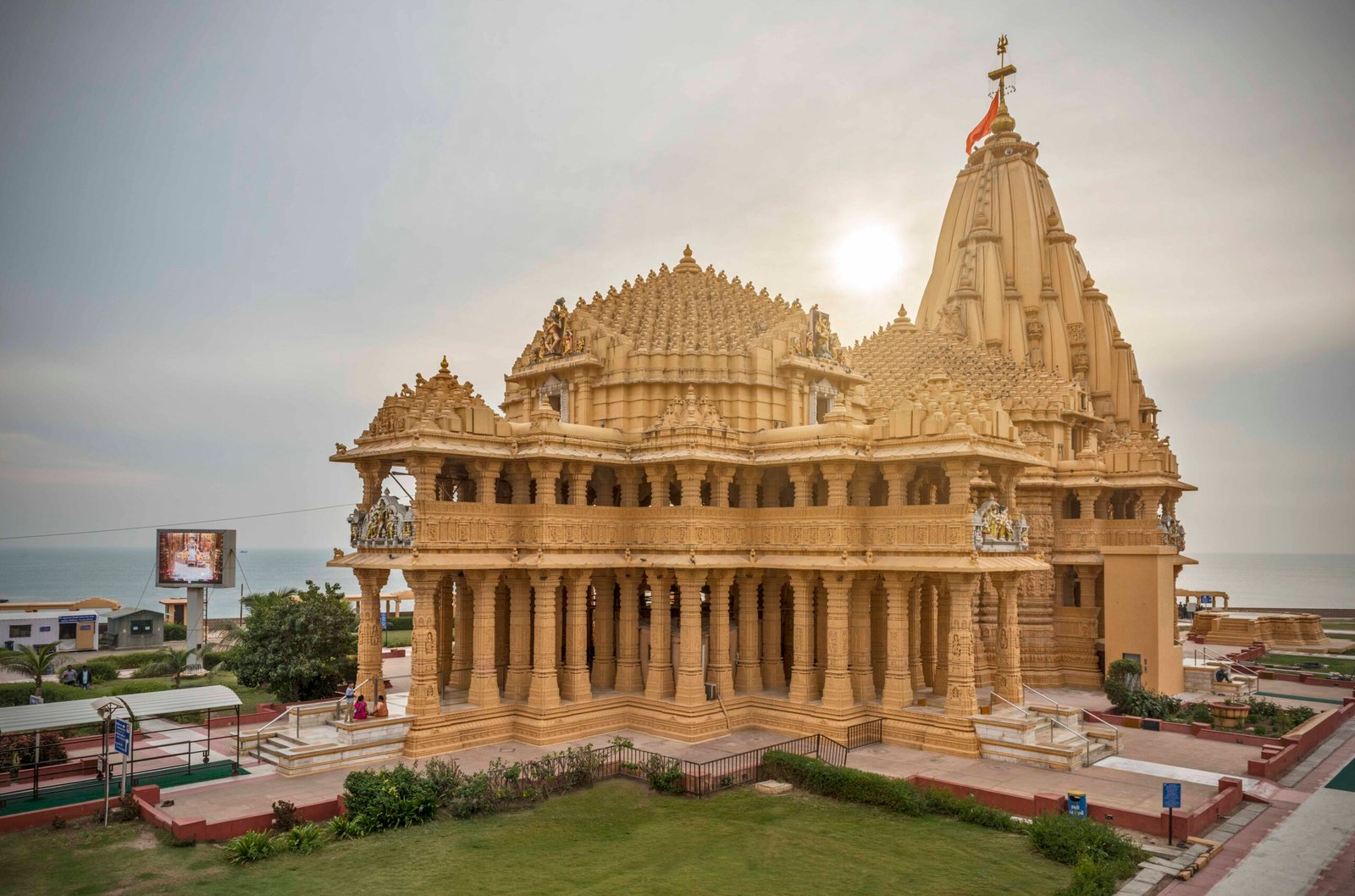Discover the Wonders of the Largest Deserts in Asia
The largest desert in Asia is The one of the Gobi Desert. Spanning across northern China and southern Mongolia, it holds the distinction of being not only the largest desert in Asia but also the fifth largest in the world. Covering an extensive area of approximately 1.3 million square kilometers (500,000 square miles), the Gobi Desert presents a landscape characterized by vast stretches of barren terrain, shifting sand dunes, rocky formations, and occasional oasis.
The Gobi Desert experiences extreme temperature fluctuations, with scorching hot summers and bitterly cold winters. Despite its arid nature, it supports a diverse range of flora and fauna, including species that are adapted to the desert’s harsh conditions. The desert’s nomadic herding communities, such as the Mongolians, have developed a resilient way of life, relying on their traditional knowledge and sustainable practices.
The Gobi Desert holds significant ecological and scientific importance. It is renowned for its dinosaur fossil discoveries, attracting paleontologists and researchers from around the world. The region’s unique landscapes and cultural heritage have also made it a popular destination for adventure tourism, with opportunities for camel treks, wildlife observation, and exploring the desert’s awe-inspiring natural wonders.
Overall, the Gobi Desert stands as a remarkable testament to the vast and diverse landscapes found in Asia, showcasing the beauty and challenges of arid environments while offering a glimpse into the rich history and traditions of the communities that call it home.
The largest deserts in Asia are:
- Gobi Desert: Located in northern China and southern Mongolia, the Gobi Desert is the largest desert in Asia and the fifth largest in the world. It covers an area of about 1.3 million square kilometers (500,000 square miles).
- Arabian Desert: Situated in the Arabian Peninsula, the Arabian Desert is the second largest desert in Asia. It extends across several countries, including Saudi Arabia, Yemen, Oman, and the United Arab Emirates.
- Syrian Desert: Also known as the “Syrian steppe,” the Syrian Desert is located in western Asia, covering parts of Syria, Jordan, Iraq, and Saudi Arabia. It is third largest desert in Asia.
- Karakum Desert: Positioned in Central Asia, the Karakum Desert spans across Turkmenistan and Uzbekistan. It is the fourth largest desert in Asia.
- Thar Desert: Situated in Northwestern India and Eastern Pakistan, the Thar Desert is the fifth largest desert in Asia.
Largest Deserts in Asia deserts vary in size, landscape, and climatic conditions, but they all share the characteristic of arid or semi-arid environments.
Certainly! Here are some frequently asked questions about the largest deserts in Asia along with brief introductions:
- What is the largest desert in Asia?
- The largest desert in Asia is the Gobi Desert. It stretches across northern China and southern Mongolia, covering approximately 1.3 million square kilometers (500,000 square miles).
2. Where is the Gobi Desert located?
- The Gobi Desert is the largest desert in asia located in northern China and southern Mongolia. It extends over parts of Inner Mongolia, Gansu, and Xinjiang in China, as well as the southern region of Mongolia.
3. What are the notable features of the Gobi Desert?
- The Gobi Desert is known for its vast expanses of barren landscapes, sand dunes, rocky formations, and occasional oasis. It experiences extreme temperature fluctuations, ranging from scorching hot summers to bitterly cold winters.
4. What is the second largest desert in Asia?
- The second largest desert in Asia is the Arabian Desert. It spans across the Arabian Peninsula, encompassing countries such as Saudi Arabia, Yemen, Oman, and the United Arab Emirates.
5. What are the characteristics of the Arabian Desert?
- The Arabian Desert is characterized by vast stretches of sandy plains, dunes, and rocky desert terrain. It is a desert of both sand and gravel, with vast desolate areas and occasional vegetation near oases. The region experiences extremely high temperatures, with limited precipitation.
- Which is the third largest desert in Asia?
- The third largest desert in Asia is the Syrian Desert, also known as the “Syrian steppe.” It covers parts of Syria, Jordan, Iraq, and Saudi Arabia.
- What are the notable features of the Syrian Desert?
- The Syrian Desert is a vast arid region with a mix of rocky and sandy terrain. It is sparsely populated and experiences very limited rainfall. The landscape consists of vast plains, sand dunes, and volcanic fields.


